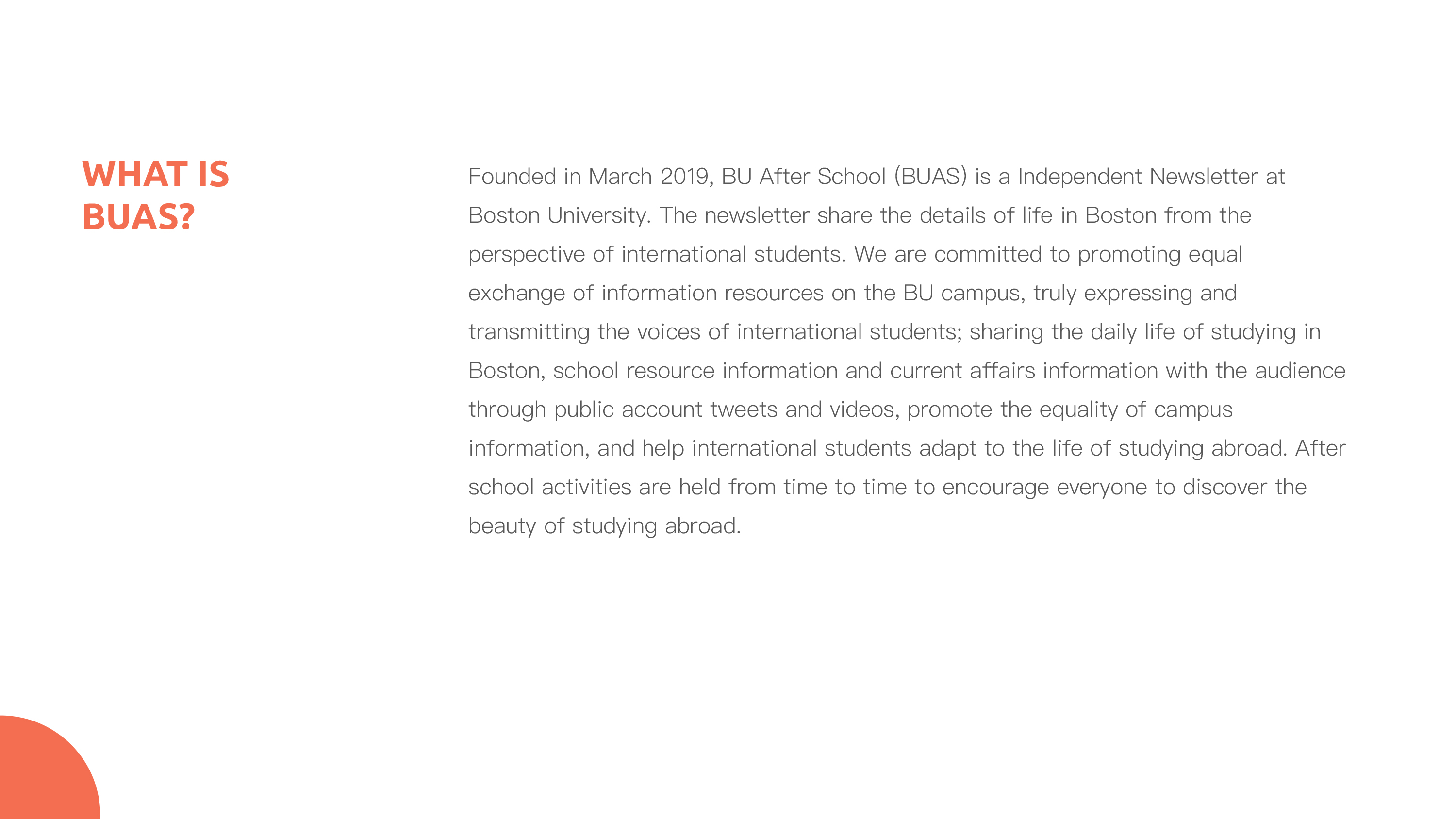Understanding BUAS
01|what is BU After School
To help define and communicate the brand, we first summerizes how BU After School currently defining itself by interviewing the presidents and members.
02|researching brand strategy & positioning
We analyzed our target audiences and competitors to further identifying the needs of people that we are communicating to and gather some idea of how to differeientate ourself with others.
03 | identifying strategy & goals
To help define and communicate the brand, identifying any issues I see and help the client succeed. we found the areas that are working, and those that can be improved.
Defining Our Design Goals
After gathering interviews, research, analytical data, It's time to narrow our design goals addressing on weaknesses and enhancing strengths.



















